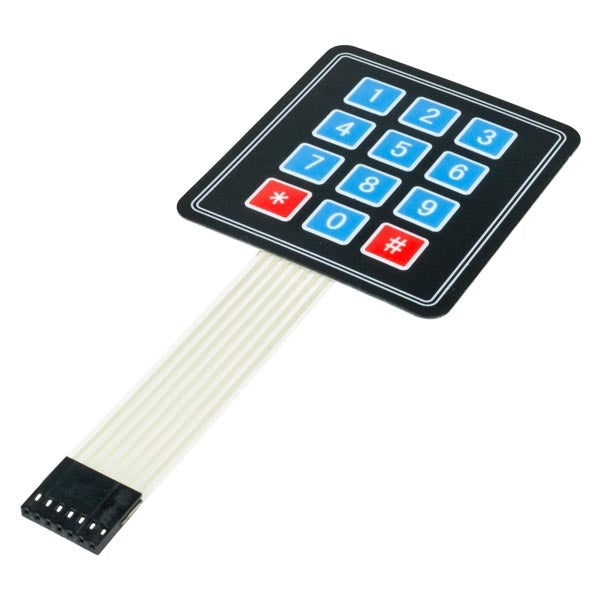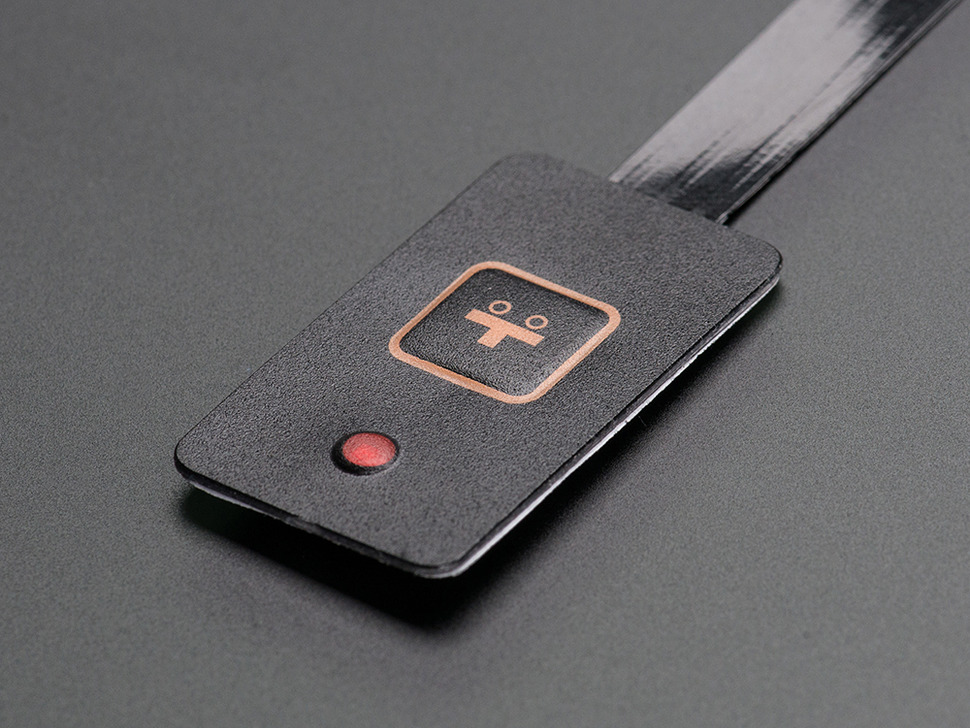The Advantages of Making Use Of Membrane Layer Changes in Consumer Electronics
Membrane switches are significantly acknowledged for their substantial advantages in consumer electronic devices, particularly in boosting individual interaction and simplifying production processes. The convenience in design permits for customized options that fulfill diverse consumer needs.
Enhanced User Experience

In today's affordable landscape of customer electronic devices, improved user experience is paramount; almost 85% of individuals prioritize intuitive user interfaces. Membrane switches play an essential duty in attaining this level of use. Their flat, inconspicuous design enables for smooth combination right into different gadgets, lowering mass while maintaining functionality. This design aesthetic not just enhances the aesthetic appeal but also adds to a much more structured customer interaction.
The responsive feedback given by membrane layer switches is important for leading individual actions, making certain that commands are signed up accurately. This responses mechanism minimizes errors and heightens individual complete satisfaction, cultivating a positive connection in between the individual and the gadget. Moreover, the adjustable nature of membrane layer switches allows producers to customize user interfaces to details customer requirements, making tools more accessible and inviting.
Furthermore, membrane layer buttons can integrate backlighting and graphic overlays, even more enhancing exposure and usability in varied atmospheres. This flexibility guarantees that gadgets remain useful and easy to use, no matter of the setting. Overall, the assimilation of membrane switches over right into consumer electronics dramatically boosts customer experience, driving brand name commitment and fulfillment in a significantly competitive market.
Economical Production
Customer electronics producers are constantly looking for means to stabilize high quality with cost, and membrane layer buttons use an engaging remedy for cost-effective manufacturing. These parts are inherently easier than typical mechanical buttons, which reduces both manufacturing prices and complexity. The lightweight design of membrane switches enables for reduced shipping expenses and easier combination into compact gadgets, even more enhancing their charm in a competitive market.
Producers can produce membrane layer switches in high quantities, capitalizing on economic situations of scale. This automation capacity ensures consistent quality while substantially reducing per-unit prices. In addition, the products utilized in membrane layer switches, such as polyester and polycarbonate, are usually much less costly than those needed for standard button innovations, contributing to total expense financial savings.
The production process for membrane layer switches typically calls for fewer actions and less labor contrasted to various other button kinds. This structured strategy not only saves money on labor costs however additionally speeds up time-to-market, permitting companies to respond quickly to customer need. Consequently, the mix of decreased product costs and effective production procedures settings membrane switches as a smart financial investment for makers intending to deliver top quality customer electronic devices at affordable rate points.

Style Adaptability and Personalization
While conventional mechanical buttons frequently enforce restrictions on layout due to their bulk and required placing systems, membrane switches supply unrivaled versatility and personalization choices for consumer electronic devices. This innovative modern technology allows developers to develop sleek, inconspicuous user interfaces that can effortlessly integrate right into various item visual appeals, from smart devices to kitchen devices.
Membrane layer switches can be created in essentially any kind of shape or dimension, making it possible for manufacturers to tailor the layout to particular ergonomic and functional demands. This flexibility not just boosts customer experience however likewise enables imaginative designs that line up with more tips here brand identification. Furthermore, the usage of printed graphics on membrane switches offers the opportunity for vivid colors and detailed styles, which can be easily customized without considerable expense implications.
In addition, membrane switches can integrate multiple performances right into a single layer, decreasing the demand for numerous parts and streamlining assembly procedures. This streamlined design strategy lessens area and weight, making it suitable for small customer electronics. Overall, the design adaptability and customization abilities of membrane layer switches over equip manufacturers to innovate, inevitably bring about even more easy to use and engaging products.
Longevity and Reliability
As technology continues to advance, the durability and dependability of membrane layer switches have come to be vital considerations for manufacturers in the consumer electronics market (membrane switch). Membrane layer switches are created to hold up against rough ecological conditions, including temperature fluctuations, wetness, and dirt exposure. Their robust construction commonly entails multi-layered products that supply an efficient obstacle versus impurities, ensuring durability and regular performance

Additionally, membrane buttons can withstand a substantial variety of actuations without loss of functionality, typically going beyond millions of cycles. This toughness converts to decrease substitute expenses and lowered downtime for customers and producers alike. Overall, the combination of environmental resilience and mechanical dependability makes membrane switches a strategic choice for customer electronic devices, ensuring that gadgets continue to be reliable and functional throughout their intended lifespan.
Streamlined Product Growth
The toughness and reliability of membrane switches considerably add to streamlined item development in the customer electronics industry. By integrating these buttons early in the layout process, suppliers can reduce the intricacy and variety of elements needed in their products (membrane switch). Membrane buttons are lightweight and compact, permitting for a lot more effective room utilization within tools, which can result in streamlined assembly processes
In addition, the personalization capabilities of membrane buttons make it possible for developers to tailor features especially to customer requirements without sustaining extreme costs or hold-ups. This versatility promotes development, as companies can quickly iterate layouts based on market feedback, inevitably increasing the time-to-market for brand-new items.
The convenience of manufacturing membrane switches likewise plays an essential role in item growth. With modern printing techniques and materials, production can be scaled efficiently, reducing lead this times and minimizing waste. This causes lower manufacturing prices, boosting total success.
Conclusion
Finally, membrane layer switches over substantially boost customer electronics by supplying an enhanced individual experience, cost-effective manufacturing procedures, and flexible layout alternatives. Their toughness and reliability make certain regular performance in various atmospheres, while streamlined product advancement promotes quicker time-to-market. These advantages collectively add to the development and i thought about this performance of customer devices, addressing the evolving needs of customers effectively. The assimilation of membrane switches stands for a tactical option for makers seeking to optimize product layout and efficiency.
Membrane switches are significantly identified for their substantial advantages in consumer electronic devices, specifically in enhancing user communication and improving production procedures. In addition, the materials made use of in membrane layer buttons, such as polyester and polycarbonate, are frequently much less costly than those required for standard switch technologies, adding to overall cost savings.
The production procedure for membrane layer changes generally needs less actions and less labor contrasted to other switch kinds. Unlike typical mechanical buttons, which might put on out over time, membrane layer switches utilize a sealed layout that decreases the risk of mechanical failing.In verdict, membrane layer changes considerably boost consumer electronic devices by offering an enhanced customer experience, cost-efficient manufacturing processes, and functional layout choices.